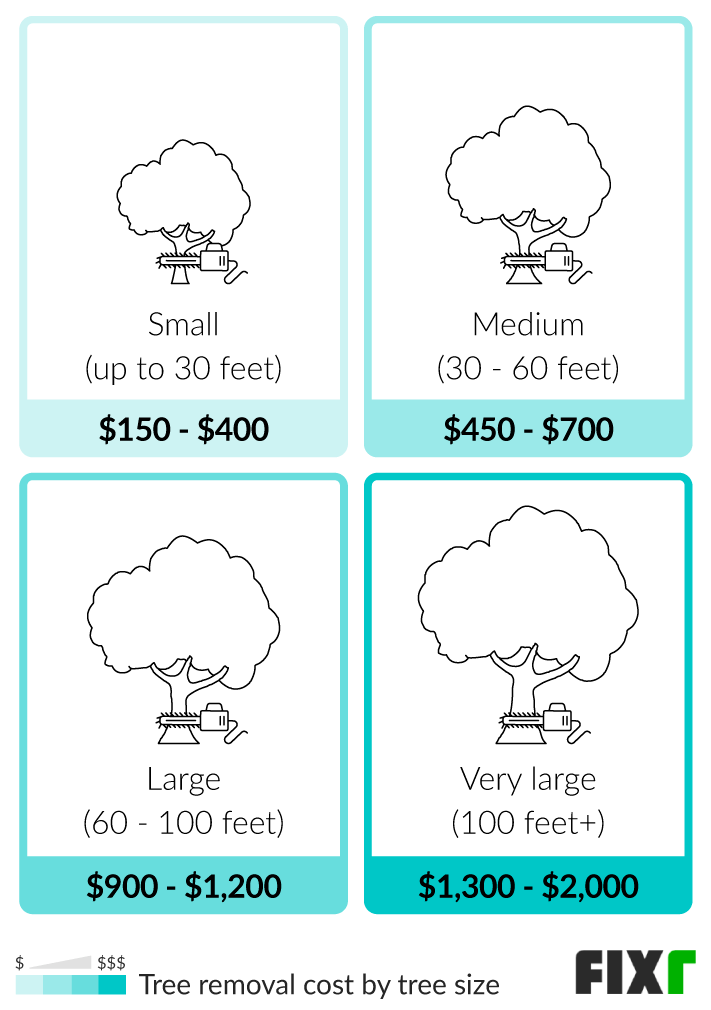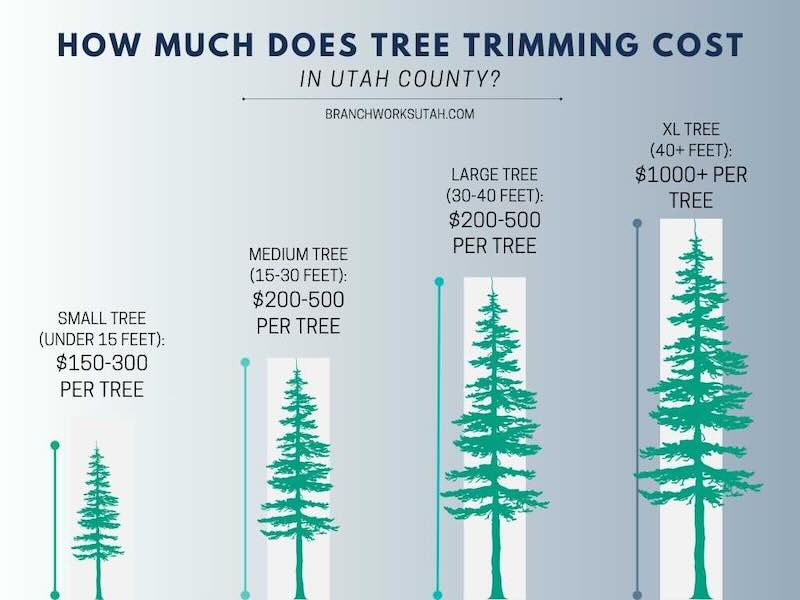Featured
Table of Contents
- – Rome, GA Tree Cutting: Cost Vs. Value
- – Factors That Impact Arborist Costs In Rome, GA
- – Rome, GA Tree Service Pricing Breakdown
- – Avoiding Overpaying For An Tree Removal In Ro...
- – Factors Affecting Arborist Prices In Rome, GA
- – Rome, GA Tree Clearing: Real Testimonials
- – Specialized Tree Cutting Costs In Rome, GA
- – Price Estimates For A Arborist In Rome, GA
- – Affordable Tree Trimming In Rome, GA
- – Top Tree Clearing FAQs In Rome, GA Answered
- – Latest Tree Removal Pricing In Rome, GA
- – Deals On Tree Clearing In Rome, GA
- – Best Tree Cutting Reviews In Rome, GA
- – Affordable Tree Removal In Rome, GA
- – Total Tree Clearing Costs In Rome, GA

The subsections below offer more detailed info about rates, consisting of an average variety for each. TypeAverage Elimination CostPineConiferPalmMagnoliaArborvitaeAshCedarSweet GumEucalyptusSycamoreCypressOakMaplePoplar You can expect to pay in between to remove a pine, depending upon its size. Getting rid of a pine is one of the more affordable jobs unless it is one that has been around for many years and is rather large.
Rome, GA Tree Cutting: Cost Vs. Value
Pines also have a tap root that grows deep into the soil, which can prove to be more challenging to get rid of. The process itself includes a professional cutting the tree, clearing the base, cutting the surface roots, removing the stump, and finally treating the soil. Without an expert hand, you risk leaving pine seedlings behind, which will fall from the roots of distressed pines.
Factors That Impact Arborist Costs In Rome, GA
The U.S. national average for conifer elimination is around to have the conifer reduced, carried away, and the stump ground or gotten rid of totally. Conifers are generally easier to get rid of, and even though they can grow rather high, they do not cost a fortune to eliminate. Conifers consist of pine, spruce, fir, and juniper trees.
Rome, GA Tree Service Pricing Breakdown
While conifers are lovely, they kill native plants and particular types of grass. This is due to the fact that they need a great deal of water and nutrients to make it through, so they seep it off surrounding plants. They likewise have an extensive network of roots, which can impact your home's foundation. The typical rate of palm removal depends upon the height as much as the type, varying from.
Avoiding Overpaying For An Tree Removal In Rome, GA
That is why it is essential to understand which type you are eliminating. While you do not require an herbicide to kill a palm tree, there are some actions your elimination professional will have to take to ensure the task is done properly. There are 2 ways they can eliminate them: by chopping them down or digging them up.
Factors Affecting Arborist Prices In Rome, GA
From there, they eliminate the actual tree and then the stump. Anticipate to pay between to eliminate this type of tree, depending on the precise size and details of the job.
Rome, GA Tree Clearing: Real Testimonials
There are three types: green, white, and black ash. With its gray-tinged bark, its leaves are green or purple in the spring and golden yellow or purplish-red in the fall.
Specialized Tree Cutting Costs In Rome, GA

Due to the variation in height, the removal price difference is wide from. A coniferous, evergreen tree, the cedar is a durable species.
Price Estimates For A Arborist In Rome, GA
The development of false cedars differs from 50 feet up to 230 feet high. With star-shaped leaves and sensational fall colors, the sweet gum is thought about a medium to large tree.
Affordable Tree Trimming In Rome, GA
Normally, it costs in between to eliminate a eucalyptus. Eucalyptus are not typical all over, however they are quite big compared to others, which is why even the smaller ones are so pricey to get rid of.
Top Tree Clearing FAQs In Rome, GA Answered
There are a handful of methods to do this, consisting of burning, pulling, grinding, or eliminating them with herbicide. Anticipate to pay between to get rid of sycamores, based upon the height, trunk size, and quantity of work included. Sycamores are among the biggest hardwood trees, usually ranging from 60 to 100 feet tall and as broad as 15 feet.
Latest Tree Removal Pricing In Rome, GA
The first two steps will expose the within the tree and cut off the flow of nutrients up the trunk. From there, an expert applies herbicide to eliminate the tree and reduce the trunk. Then, they will eliminate the stump. Otherwise, new sprouts might grow from it. Lowering and eliminating a mature cypress could cost as much as.
Deals On Tree Clearing In Rome, GA
There are lots of different types of Cypress trees, however the most widespread are the Leyland, Arizona, Bald, and Italian. The Bald Cypress grows in swampy or extremely moist areas while the others delight in a dry, warm, or hot climate (arborist). They can grow as high as 80 to 100 feet tall
Best Tree Cutting Reviews In Rome, GA

Prone to diseases, the Cypress is among the most treasured woods for furniture. The typical oak grows to around 60 feet, and depending on the intricacy of the removal, it costs approximately to eliminate. The specific size of your oak and the effort required to fell it affect what you will really spend for removal in addition to any additional services like stump grinding.
Affordable Tree Removal In Rome, GA
Access to the trees and the roots will also impact the total expense. Maples are usually amongst the more costly trees to remove since of their size and the work included in the removal.
Total Tree Clearing Costs In Rome, GA
Poplars are giants of the species. Growing as high as 90 to 115 feet, these massive timbers are primarily discovered in The United States and Canada and include the aspen, cottonwood, and balsam trees. Boasting an expansive root system, poplars can be costly to get rid of when fully grown. The process to remove trees includes all the trimming and cutting of the branches and trunk, bringing it down to a stump.
Table of Contents
- – Rome, GA Tree Cutting: Cost Vs. Value
- – Factors That Impact Arborist Costs In Rome, GA
- – Rome, GA Tree Service Pricing Breakdown
- – Avoiding Overpaying For An Tree Removal In Ro...
- – Factors Affecting Arborist Prices In Rome, GA
- – Rome, GA Tree Clearing: Real Testimonials
- – Specialized Tree Cutting Costs In Rome, GA
- – Price Estimates For A Arborist In Rome, GA
- – Affordable Tree Trimming In Rome, GA
- – Top Tree Clearing FAQs In Rome, GA Answered
- – Latest Tree Removal Pricing In Rome, GA
- – Deals On Tree Clearing In Rome, GA
- – Best Tree Cutting Reviews In Rome, GA
- – Affordable Tree Removal In Rome, GA
- – Total Tree Clearing Costs In Rome, GA
Latest Posts
Understanding Tree Service Costs In Silver Lake, NC
Maintenance Tree Cutting Costs In Ferry Pass, FL
Fast Stump Removal Service Costs In Rio Vista, CA
More
Latest Posts
Understanding Tree Service Costs In Silver Lake, NC
Maintenance Tree Cutting Costs In Ferry Pass, FL
Fast Stump Removal Service Costs In Rio Vista, CA